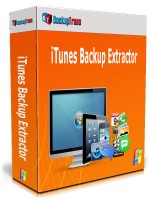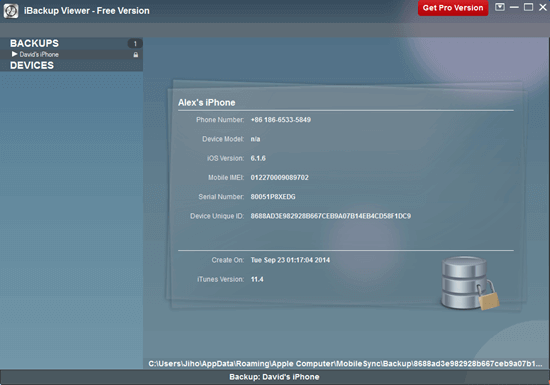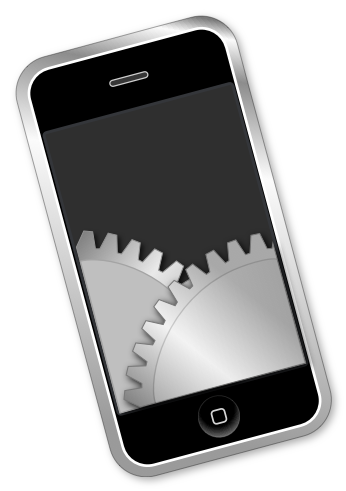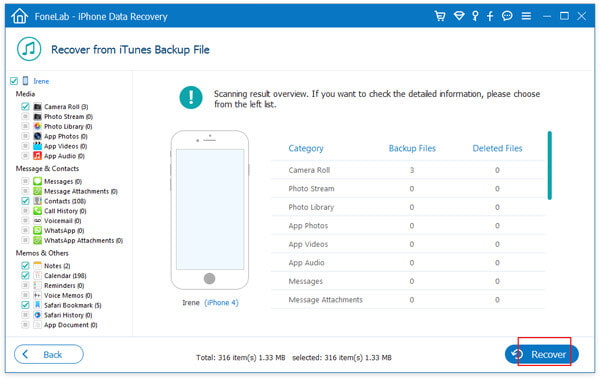
This software is essential for advanced device forensic activities or to anyone in need to dominate and extract full data from an iOS device. Non-encrypted backups do not backup files as Health app database and other preciosities. You should always prefer encrypted backups because they are more secure and include more files from your device. This password can be found on macOS’ Keychain Access app, under login keychain, entry iOS Backup (update: newer macOS apparently doesn’t store it in Ka圜hain anymore). You will need your backup password to decrypt the backup files, this is the password iTunes asks when it is configured to do encrypted backups. Tested compatibility since iOS 10 up to current iOS 15. Initial support for unencrypted backups has been aded since version 0.9.923.

If not, you are also allowed to restore iPhone data from device directly.A Python 3 class that reads and extracts files from a password-encrypted iOS backup created by iTunes on Mac and Windows. If you have backup files, you can extract iPhone backup photos, contacts, videos, etc., from them. FoneLab iPhone Data RecoveryįoneLab iPhone Data Recovery is one of the best options to extract iPhone backups with simple clicks. Unlike Apple ways mentioned above, they can restore iPhone data selectively without overwriting. Step 2Select your iPhone from the left panel, click Restore Backup.Īside from official ways, you should also try some third-party tools on the computer. Step 1Open Finder on Mac, plug iPhone into computer. Finderįinder replaced iTunes on later macOS versions to sync iPhone data between iOS device and Mac. If you are using Catalina and later, move to the next part. Step 3You will be asked to confirm you want to restore your iPhone. Step 2Click the device icon, then select Summary > Restore iPhone. Then tap Allow on your iPhone screen when it pops up. Step 1Run iTunes on the computer, connect iPhone to computer via USB cable.

In the same way, you can use it to extract your iPhone backups through the tutorial below. ITunes is available on Windows and earlier macOS versions to manage iPhone data. If the limited free storage is unable to satisfy you, please choose iTunes instead. On the App and Data section, choose Restore from iCloud backup. Step 1Factory reset iPhone through Settings app > General > Transfer or Reset iPhone > Erase All Content and Settings. It is no doubt that you can follow the detailed steps to extract iPhone backup. If you have an Apple ID, you will have 5GB free storage like any other user. iCloudĪs you know, iCloud is a cloud service to help iOS users manage their devices and related data with the correct account.

But, you should backup iPhone before doing that as your iPhone data will be overwritten after that. There are 3 features you should not miss. Best iPhone Extracting SoftwareĪpple ways allow you to backup and restore iPhone data without obstacles.

Free Download Free Download Learn more Part 2.


 0 kommentar(er)
0 kommentar(er)
